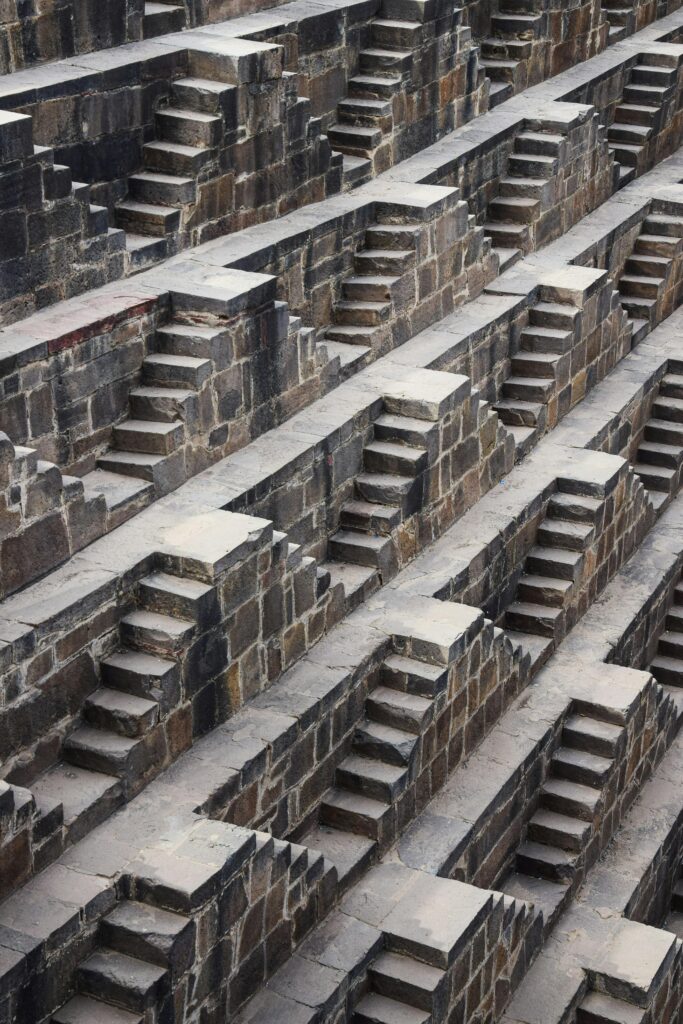CHAPTER 10
The Later Vedic Period (1000–600 BCE) marks a significant transition in ancient Indian history, following the Early Vedic age. During this time, the Aryan people moved from the northwestern regions into the fertile Gangetic plains, leading to the growth of settled agriculture and the rise of large kingdoms. The society became more complex, with a clearer division of labor and a well-defined social hierarchy based on the varna (caste) system. Important texts such as the Yajurveda, Samaveda, and Atharvaveda, along with the Brahmanas and Upanishads, were composed during this era, reflecting changes in religious thought and ritual practices. The Later Vedic Period laid the groundwork for the development of Hindu philosophy, political organization, and early forms of urbanization in ancient India.
A. Answer the following questions:
Question 1: Name the four kingdoms that developed from small tribal organizations.
Ans: The four kingdoms that developed from small tribal organizations were Kuru, Panchala, Kosala, and Magadha.
Question 2: How did the king become more powerful during this period?
Ans: During the Later Vedic Period, the king became more powerful as he was considered the representative of gods. He performed grand sacrifices like the Ashvamedha Yajna to expand his rule. The power of the Sabha and Samiti declined, and hereditary monarchy became the norm, further strengthening the king’s authority.
Question 3: How did society get sharply divided during the Later Vedic Period?
Ans: Society was divided into four varnas (castes):
- Brahmins – Priests and scholars who performed religious duties.
- Kshatriyas – Warriors and rulers who protected the kingdom.
- Vaishyas – Farmers, traders, and merchants.
- Shudras – Servants and laborers who served the upper three varnas.
This rigid caste system became hereditary, leading to sharp social divisions.
Question 4: Briefly discuss the four ashramas.
Ans: The four ashramas (stages of life) were:
- Brahmacharya – The student phase where boys studied in a gurukul.
- Grihastha – The householder phase where one married, had a family, and performed social duties.
- Vanaprastha – The hermit stage where a person gradually withdrew from worldly life.
- Sannyasa – The renounced stage where one completely gave up worldly attachments and sought spiritual enlightenment.
Question 5: What was the position of women during the Later Vedic Period?
Ans: The position of women declined compared to the Early Vedic Period. They were no longer allowed to participate in religious ceremonies or gain higher education. The practice of child marriage increased, and their role was mostly confined to household duties.
Question 6: At what age was a boy sent to a gurukul? What was the relationship between the guru and the students?
Ans: A boy was sent to a gurukul at the age of 7 or 8 years. The relationship between the guru (teacher) and the students was like that of a father and son. The students lived with the guru, followed strict discipline, and served him with respect and devotion.
Question 7: What did the students do during their stay in the gurukul?
Ans: Students learned the Vedas, scriptures, philosophy, mathematics, warfare, and ethics. They also performed daily chores such as gathering firewood, cleaning, and cooking as part of their training in self-discipline and humility.
Question 8: What was the method of teaching in a gurukul?
Ans: The oral method was used in gurukuls. The guru would chant the lessons, and students memorized them by repeating them multiple times. Learning was mainly through listening (shruti) and practical experience.
Question 9: What were the main occupations of the people of the Later Vedic Period?
Ans: The main occupations were agriculture, cattle rearing, trade, weaving, carpentry, pottery, and metallurgy. Iron tools helped in farming, and trade expanded with other regions.
Question 10: Mention the important features of the religion of the Later Vedic Period.
Ans:
- Worship of Brahma, Vishnu, and Shiva became prominent.
- Sacrifices (yajnas) became elaborate.
- Priests (Brahmins) gained power, and rituals became complex.
- The concept of karma and rebirth was introduced.
- The importance of Upanishads and philosophy increased.
Question 11: What is the impact of Aryan civilization on India?
Ans:
- Caste system became more rigid.
- Sanskrit became the sacred language of learning.
- Hinduism evolved with Vedic traditions.
- Gurukul system of education influenced later Indian learning methods.
- Social and religious customs like yajnas, ashramas, and dharma shaped Indian society.
Have a look on the essay on Evil of Wars Essay For Class 6
Read the Question and Answer on The Mesopotamian Civilization
B. Fill in the blanks:
- The Later Vedic Period is also known as the Epic Age.
- The two Indian epics of this period are Ramayana and Mahabharata.
- In ancient times, Varanasi was known as Kashi, and Avadh was known as Kosala.
- When a king ascended the throne, the priests performed the Rajasuya Yagna.
- During the Brahmacharya stage of life, a student stayed in a gurukul and received education from a guru.
- In the Later Vedic Age, the classification of society into four varnas became rigid and hereditary.
- A guru treated his students like his own children, and the students regarded the guru as their father.
- Gargi and Maitreyi were two highly educated women of the Early Vedic Period.
C. Match the following:
| Group A | Group B |
| Magadha | Patna and Gaya |
| Ashvamedha Yagna | Horse sacrifice |
| Grihastha | Householder |
| Shiva | Destroyer |
| Brahma | Creator |
D. State whether the following are true or false:
- The Upanishads were composed during the Later Vedic Period. True
- Excavations indicate the use of iron during this period. True
- The Sabha and Samiti lost their importance during the Later Vedic Period. True
- The caste system became flexible in the Later Vedic Period. False (It became more rigid)
- Education in a Gurukul was very expensive. False (It was free, and students offered Guru Dakshina at the end)

